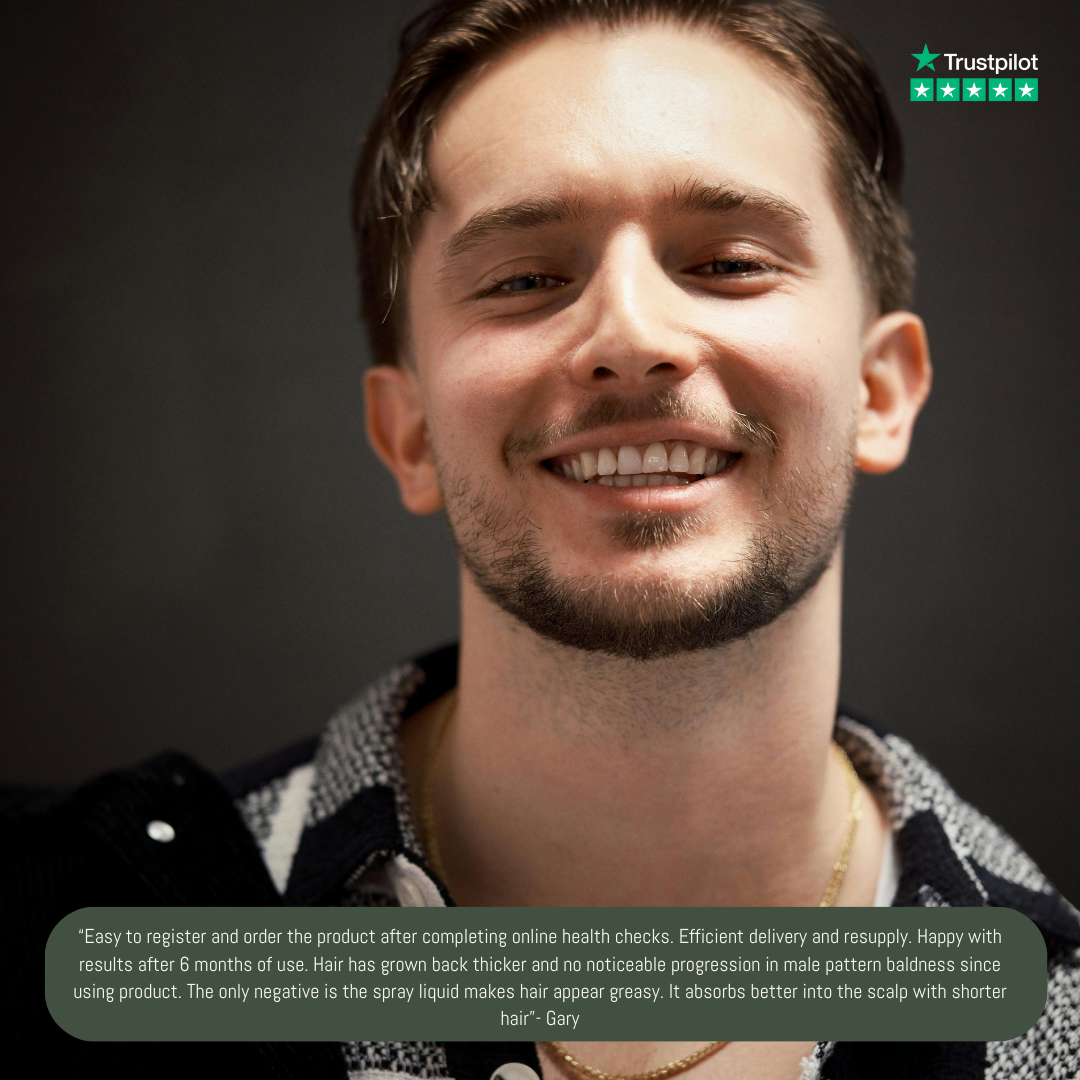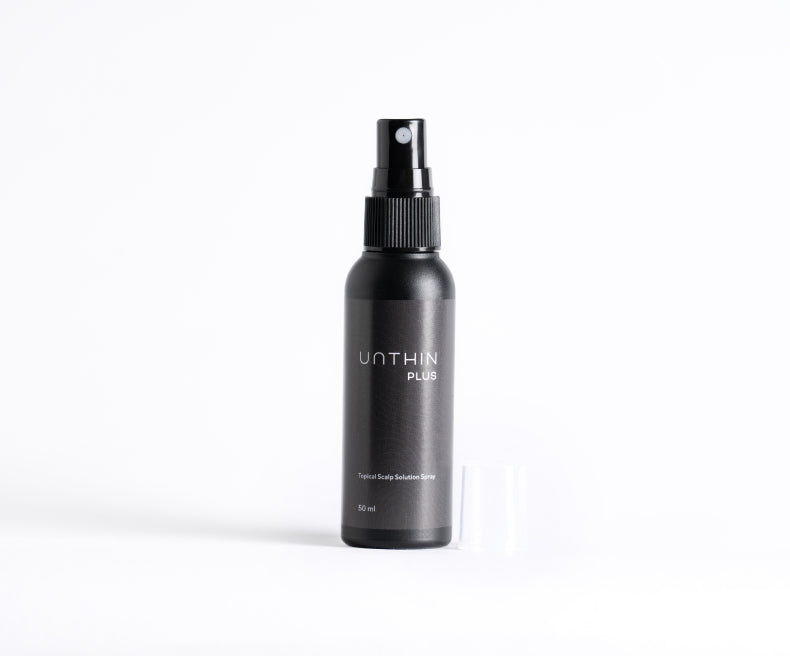There are various ways to treat hair loss, all of which vary in both effectiveness and price.
Finasteride is a widely accepted treatment for Male Pattern Baldness (MPB) that has produced some great results for many men. It can be taken orally in a tablet form or applied directly to the source of hair loss in a topical solution. However there have been some growing concerns over the use of oral Finasteride as a treatment, with some men having reported experiencing side effects.
Finasteride works to protect hair follicles on the scalp by lowering the levels of the hormone Dihydrotestosterone, or DHT. DHT is a hormone hugely responsible for causing MPB, a widespread condition that sees men lose hair in a type of pattern on the scalp, at the crown of the head and/or hairline.
What side effects can Finasteride give me?
The majority of the time, hair loss is treated with a combination of either oral or topical Finasteride along with topical Minoxidil – another treatment known to prevent further hair loss and even increase hair growth.
Despite being an effective treatment for hair loss, oral Finasteride has become a subject of concern. Some have reported having experienced sexually related side effects. These include issues with erections, libido (sex drive), along with issues with swelling in certain areas of the body.
This is why topical Finasteride has become a more sought-after alternative. It has shown to have a far lesser chance of causing side effects but producing similarly fantastic results.
So, how effective is topical Finasteride as a treatment?
Thankfully, men have the option to skip the potential side effects and treat their baldness with topical Finasteride instead. Studies have shown its success as a treatment, and it has quickly become a widely accepted alternative.
In fact, a systematic review looking at topical Finasteride as an alternative treatment found that it produced positive results for patients experiencing hair loss, showing a ‘significant decrease in the rate of hair loss’ and a generally positive hair growth assessment.
Another study set out to explore whether there was a difference in the effectiveness of oral and topical Finasteride. Researchers found that the therapeutic effects of oral and topical Finasteride were relatively equal, with ‘no significant differences’ in the general size of the bald area, hair count and hair thickness in both groups.
Here at Unthin, we know that getting treatment for your hair loss is a big step to take. It’s imperative to have a hair loss treatment plan that produces great results without the adverse side effects. That’s why we’ve combined the best of Finasteride and Minoxidil in a topical twice-daily grease-free head spray. Overall, a safer and more direct treatment with minimal potential side effects and maximum results.
Interested in learning more? Take a look at our treatment plan.
















